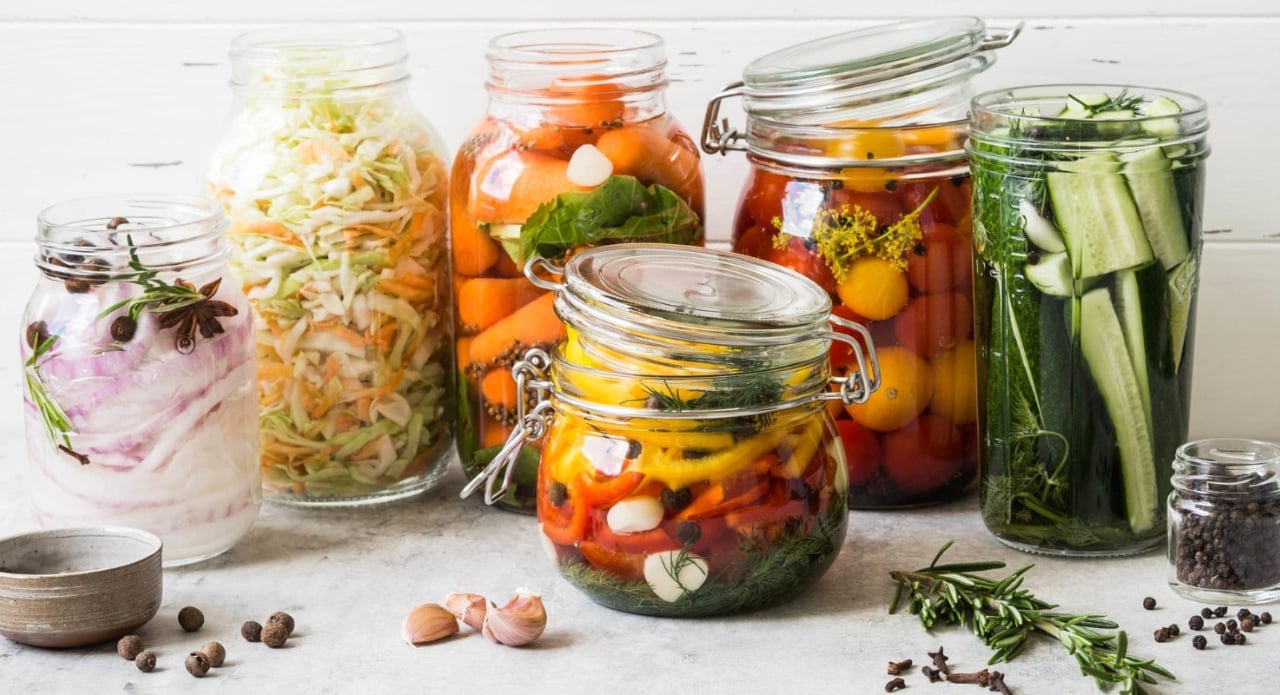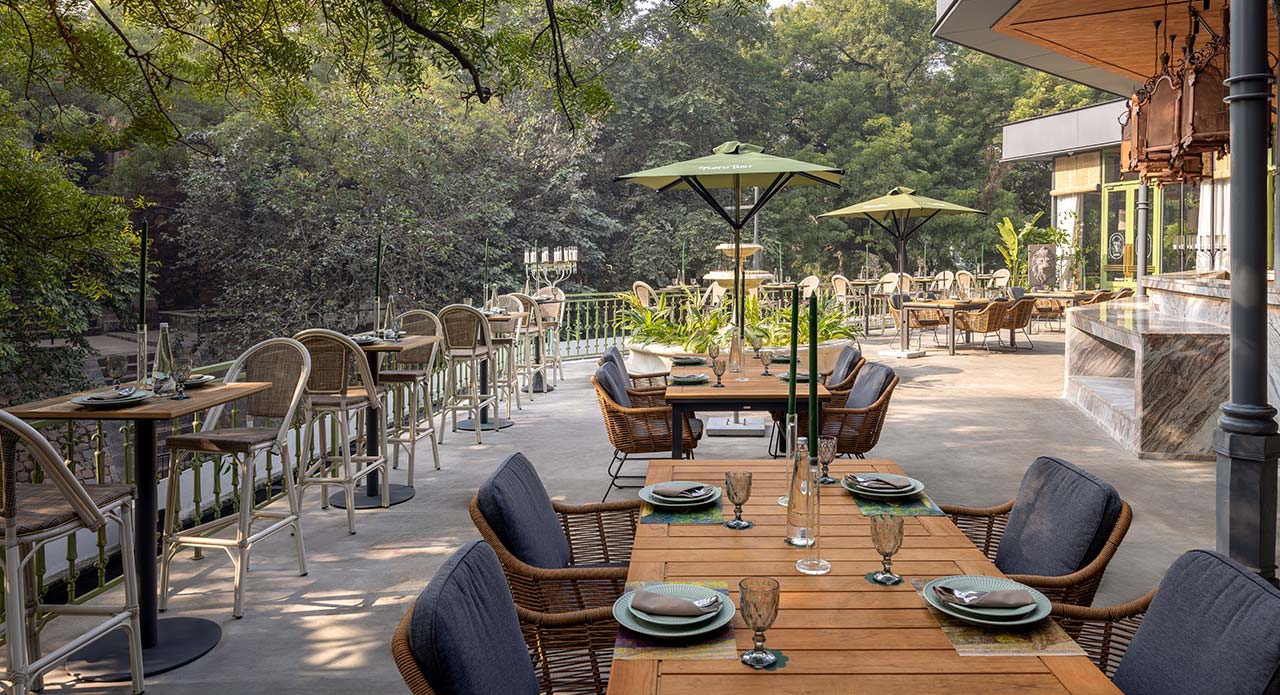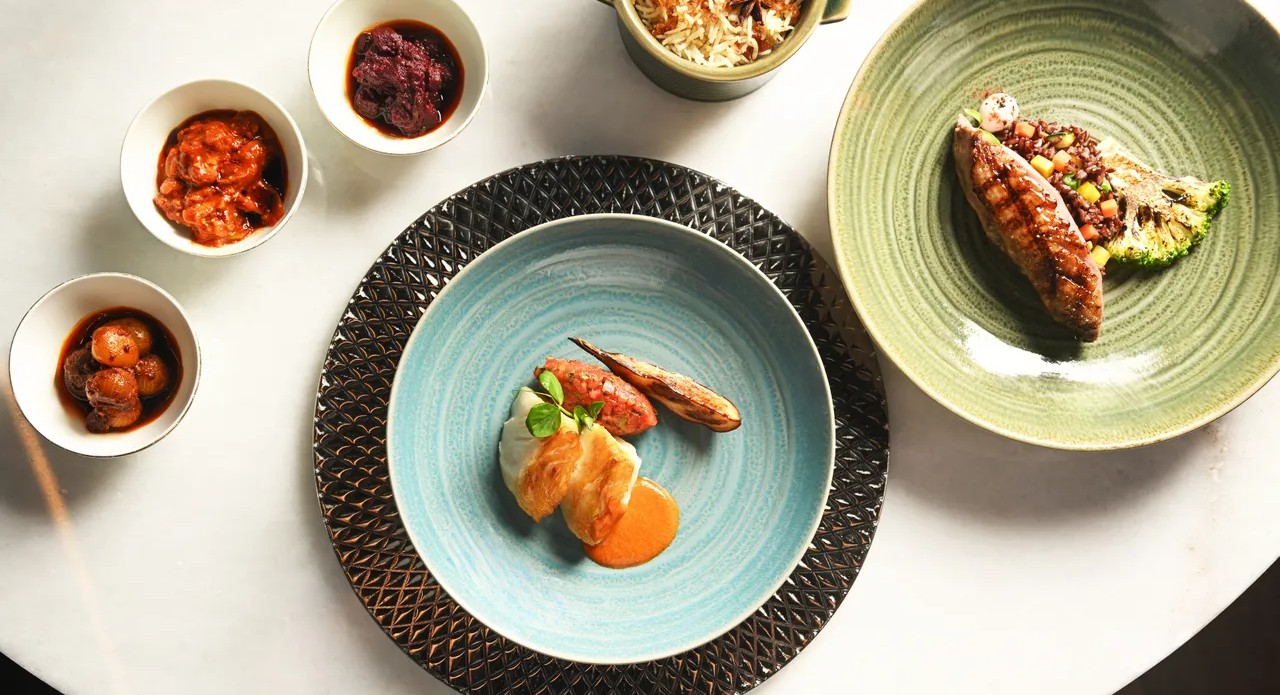Fermentation, though far from new, is enjoying a renaissance in India’s luxury dining spaces. What was once an everyday kitchen practice—achar bubbling in ceramic jars, kanji steeping in glass bottles—is now a point of pride on the menus of Mumbai and Delhi’s most innovative restaurants. According to social food researcher Ranjoy Gupta, this shift is less about novelty and more about psychology.
“Fine dining is not just about food—it’s about identity,” Gupta explains. “The clientele, whether celebrities, politicians, or professionals, are looking for an experience that aligns with their consciousness. Today, that means food that feels clean, health-forward, and climate-aware. Fermentation offers all of that, wrapped in storytelling.”
This consciousness is cyclical. A decade ago, health conversations revolved around cholesterol; later, it was weight loss. Now, gut health dominates the narrative—and fermentation, with its probiotic promises, has stepped into the limelight. Chefs, always alert to evolving palates and trends, are reinterpreting the humble pickle into something refined, exotic, and luxurious.
Tradition Meets Trend
India has never been short of fermentation traditions. From the tang of fermented rice in the Northeast to the effervescent sharpness of kanji in the North, these practices have always existed. What’s different today is their reframing.
“The base remains the same,” Gupta says. “Achar, kanji, curds—everyone knows them. But chefs are layering innovation, combining traditional fermentation with modern techniques to suit a global palate.”

In doing so, fine dining kitchens create a bridge between the familiar and the aspirational. Diners who grew up eating mango pickle can now taste its echoes in a refined amuse-bouche or sip it as a kombucha-inspired cocktail pairing. The psychological satisfaction of eating something both nostalgic and progressive is what fuels fermentation’s rise at the fine dining table.
The Ingredients of Innovation
Mumbai and Delhi chefs are working with a diverse palette of fermentation-friendly ingredients. Miso pastes derived from indigenous grains, vinegars infused with Indian spices, or condiments made from seasonal produce all find their way into menus. Fermented berries, garlic, and cucumbers have moved beyond side accompaniments into starring roles.
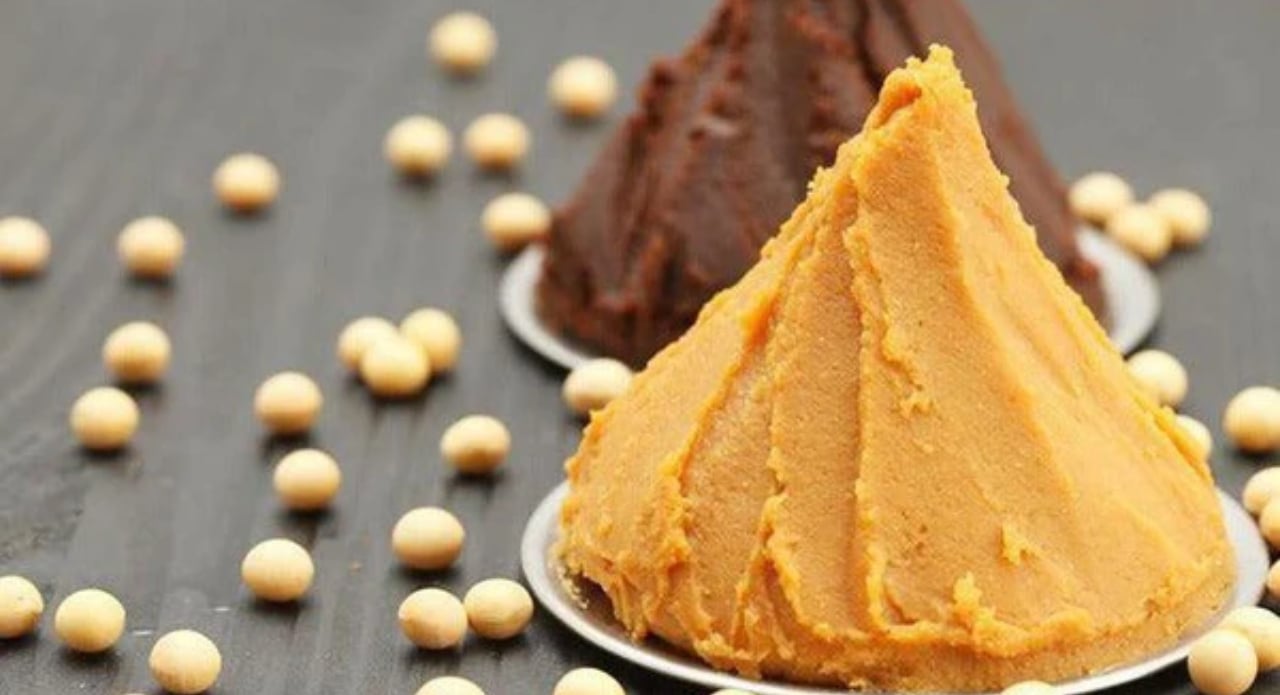
Monsoon months, Gupta notes, are especially fertile for experimentation. Chefs like Manika Choudhury are exploring “forgotten, foraged, and fermented” elements—bringing wild mushrooms and forest greens into sophisticated dishes. This interplay between nature, tradition, and innovation lends fermentation both depth and narrative power.
Project like Triple O Farm embody ethos. Working with tribal communities, they are reviving wilder vegetable varieties, fermenting them, and crafting entirely new recipes that stay rooted in local identity. “It’s about honouring the local while innovating for the global,” Gupta adds.
Fermentation in a Glass
It isn’t just the plate that’s fermenting—the glass is too. Non-alcoholic ferments like kombucha and kanji have found a place in pairings, offering tart, effervescent complements to delicate tasting menus. On the alcoholic front, cocktails are increasingly being built around fermented bases, balancing acidity, sweetness, and funk in unexpected ways.
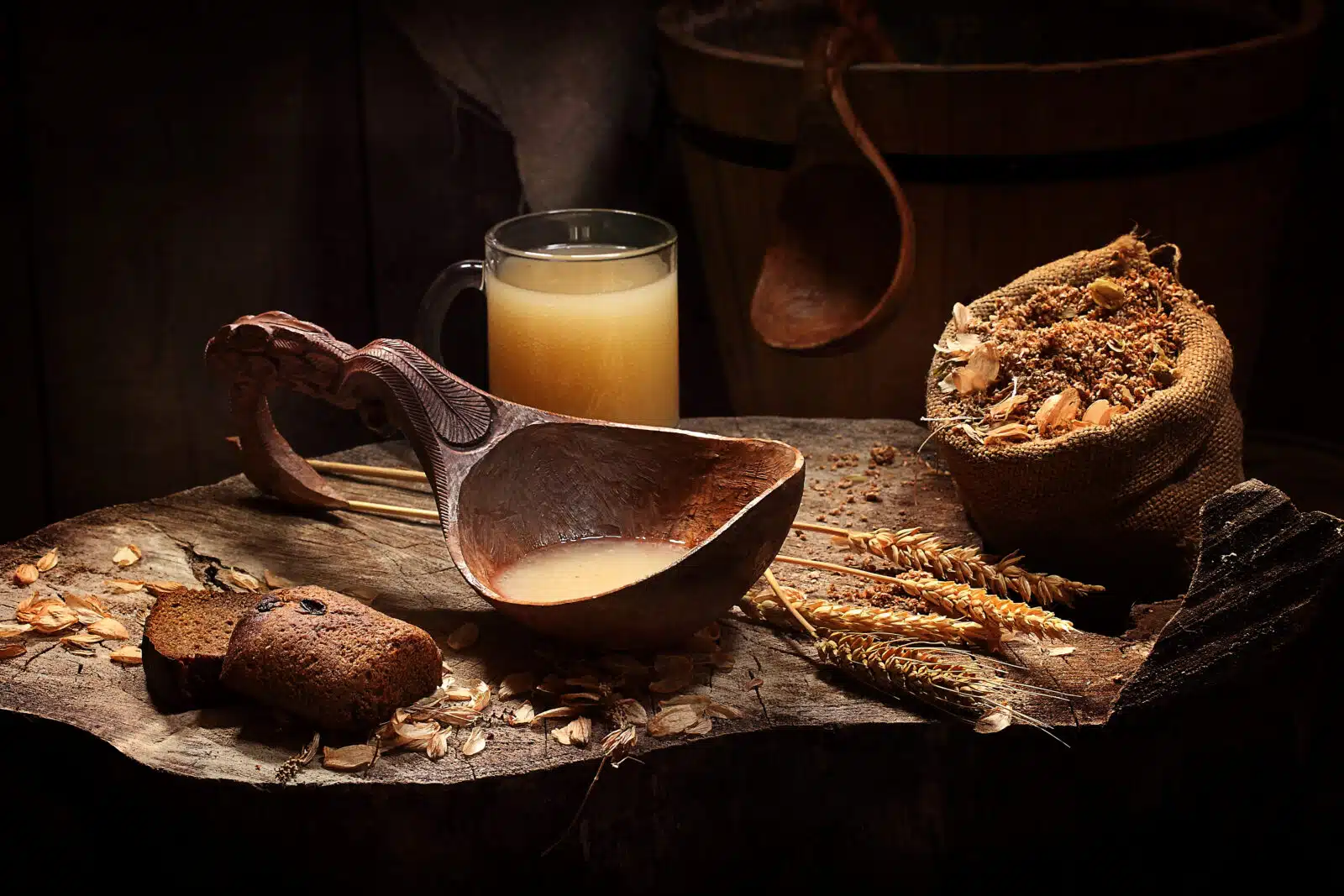
“These drinks carry the same narrative as the food,” Gupta explains. “They’re climate-aware, health-conscious, and deeply rooted in tradition, yet exciting enough to feel fresh on a luxury menu.”
For the discerning diner, this adds another layer of immersion: sipping a reimagined kanji spritz alongside a course featuring fermented cucumber, both whispering of the same roots, yet styled in modern elegance.
The Psychology of the Palate
What makes fermentation resonate so strongly in fine dining? Gupta argues that it’s about more than flavour—it’s about cultural psychology.
“The clientele for fine dining is intellectual and elite,” he says. “They want novelty, but they also want to feel virtuous about their choices. Eating fermented food allows them to participate in conversations about health, sustainability, and identity.”
This isn’t a trend that the middle or lower-middle classes chase, Gupta points out. For most, the traditional pickle or curd suffices without reinvention. But in the circles of Delhi and Mumbai’s gastronomic elite, fermentation becomes a symbol—a way to express sophistication, awareness, and alignment with global culinary movements.
Restaurants Leading the Way
Several fine dining spaces in Mumbai and Delhi have embraced fermentation as both technique and storytelling device.
Qualia, Mumbai integrates fermentation seamlessly, with dishes featuring fermented berries, garlic, and pickled cucumbers, marrying Indian nostalgia with global technique.
Manika Choudhury’s kitchen projects lean into the “forgotten, foraged, fermented” ethos, exploring wild mushrooms and seasonal monsoon produce.
Triple O Farm pushes the boundaries of local innovation, fermenting wild greens and vegetables to craft recipes that are both rooted and radical.
These spaces reflect the new narrative of Indian fine dining—one where local identity and global sophistication converge.
Beyond the Buzzword
Gupta cautions that while fermentation is fashionable, its core remains unchanged. “At the end of the day, it’s the same process our ancestors practised. What’s new is the storytelling—the way chefs and restaurants package it for an elite clientele.”
That packaging, however, is critical in an industry driven by novelty. Diners want something new every season, and fermentation, with its infinite possibilities, offers chefs a playground of flavours. Whether it’s a tangy condiment, a funky miso, or a sprightly kombucha pairing, fermentation allows fine dining to reinvent itself without losing its roots.
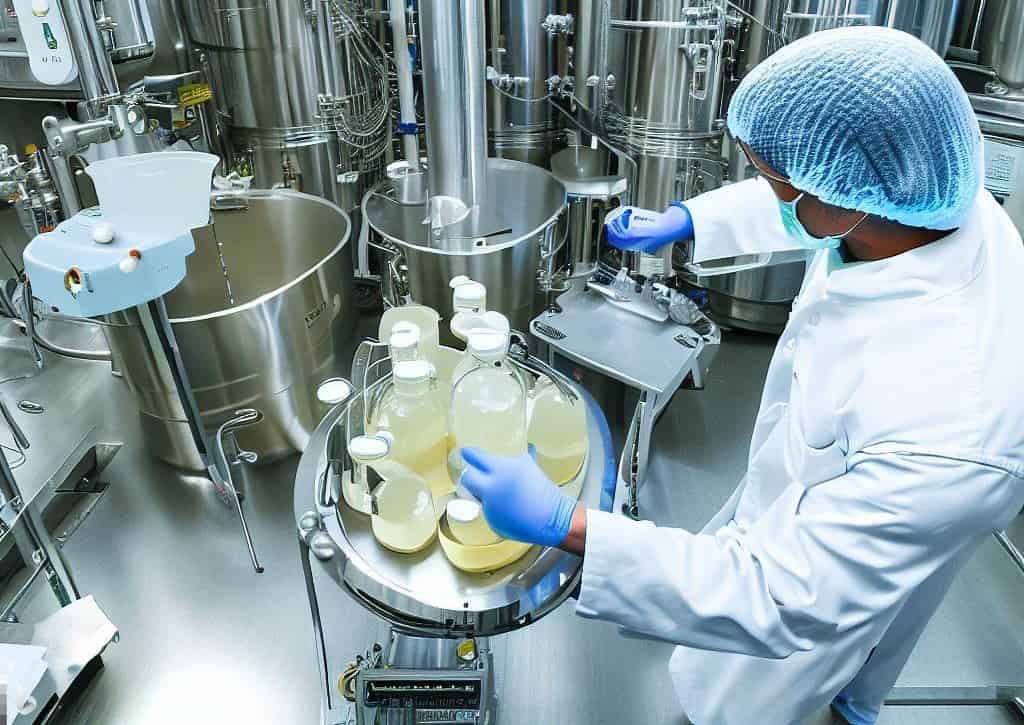
Fermentation as Future
As Indian fine dining evolves, fermentation looks set to stay—not just as a health fad but as a versatile canvas for creativity. By marrying tradition with innovation and nostalgia with modern wellness, chefs in Mumbai and Delhi are crafting an identity that is both local and global.
In the words of Ranjoy Gupta, “Fermentation is not new. But the consciousness around it is. It’s about the psychology of diners, the creativity of chefs, and the storytelling of restaurants. That’s what makes it powerful.”
And in that alchemy lies its future—where pickles, pastes, and pairings aren’t just side notes but the stars of India’s fine dining narrative.
